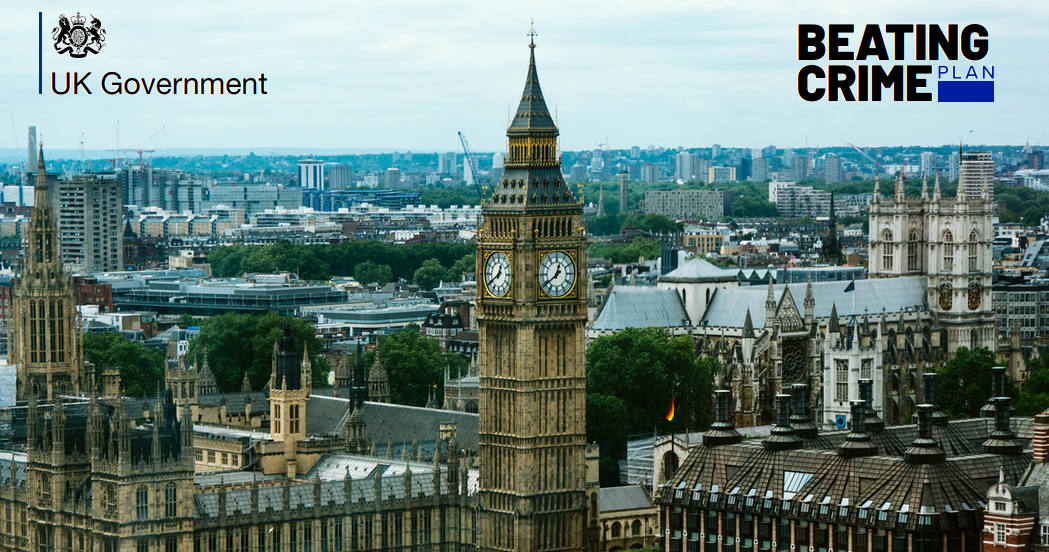The government’s Beating Crime Plan for England and Wales failed to address the root causes of harm production whilst criminalising the most vulnerable and contradicting research from the Home Office.
On July 27, 2021 the government released its Beating Crime Plan for England and Wales as part of its mission of “levelling up the country”. Boris Johnson pledges to “come down hard on the criminals who bring such misery to so many lives” whilst the Government's website states there will be a particular focus “given to early intervention, prevention and practical measures to deliver real results across communities”.
However, based on Boris Johnson’s opposition to consumption rooms, the plan referring to drugs as a “scourge on society” and the selective evidence it cherry-picked from medical practitioner Dame Carol Black’s independent 2020 review of drugs, the Government and its plan demonstrate no tangible commitment to tackling drug policy as a public health issue first and foremost.
This means preventive measures cannot be fully implemented as funding, resources and powers will be aggregated to punitive responses, people who use drugs will continue to be pipelined into the criminal justice system before they can receive treatment. As a result, the public will remain misinformed on successful models of harm reduction and decriminalisation around the globe.
The Beating Crime Plan cites research from Dame Carol Black’s review, focusing on how opiate and crack cocaine users generate levels of crime. But as TalkingDrugs has previously highlighted, the review focuses on holistic, health-centred responses to crime and drug abuse with over 32 recommendations. Dame Carol Black also highlights how compounding factors including a lack of funding, housing insecurity, mental health issues and unemployment reduce an individual’s likelihood of successful treatment and recovery. Unfortunately, the plan pays scant attention to these details.
Contradicting its own work
The plan does highlight the success of the Thames Valley Youth Drug Diversion Scheme which diverts young people caught in possession of a small amount of illegal drugs to an educational programme instead of a police station. We hope this can serve as groundwork for the exploration of more models of decriminalisation. Still, this isn’t enough to address regional and age-based inequities across England and Wales when it comes to the misuse of drugs.
The Beating Crime Plan instead seeks to increase policing powers by “relaxing voluntary conditions on Section 60 stop-and-search”. We know from reporting and research done by Release that stop-and-search impacts black communities disproportionately and they are subject to harsher sentencing. The plan, again, doesn’t take into account the historical harm inflicted on black communities through drug law enforcement, as the UN has highlighted.
But more than this, the plan seems to ignore the Home Office’s own previous findings: the evaluation of the Government’s Drug Strategy 2010 in chapter 5 highlights the mixed and limited impact enforcement has had on the use of drugs, their markets and circulation. This is also supported by a 2020 study from the Australian government on supplier arrests and their limited impact on drug crime.
The plan could have been a radical opportunity to re-think cycles of harm, crime and how we can reduce them; as seen across the Atlantic in Oregon and Baltimore who opted to decriminalise the possession of drugs in 2020 and 2021. Instead, the plan is similar to continuing to scoop water out of a sinking boat.
Denying young people education on the use of recreational drugs will not keep them safe when they use them. Failing to address structural and regional inequalities means failing to get to the core of how harm is produced. We must instead conceive of a world that thinks beyond putting people behind bars in order to create a safer world.


